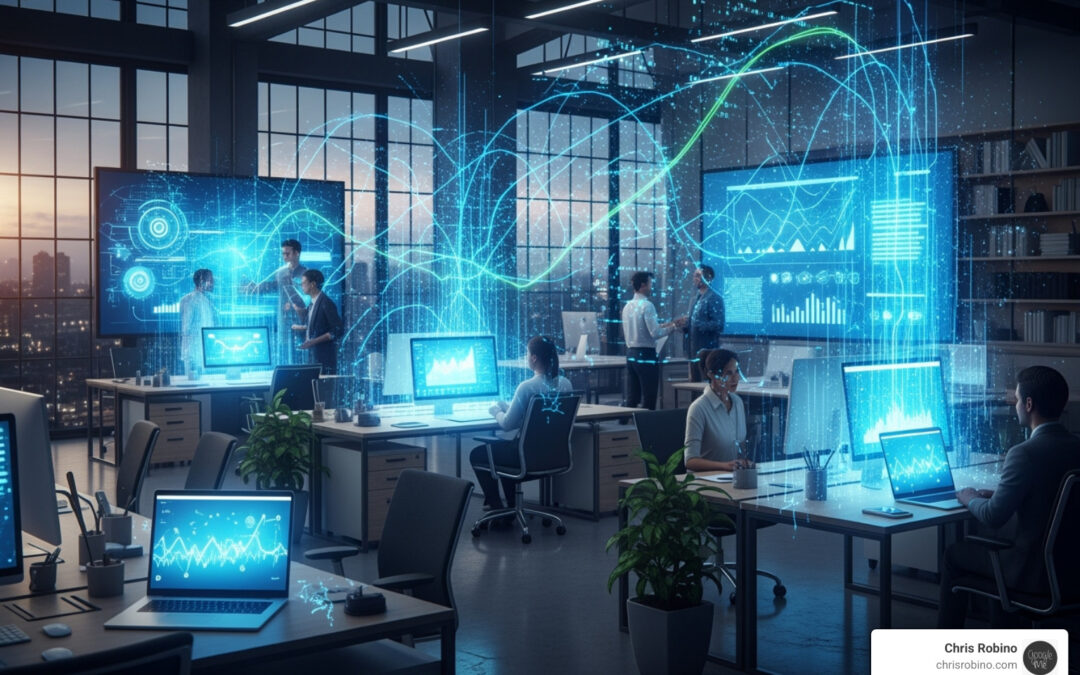Why Business Leaders Can’t Afford to Ignore These Technology Shifts
Technology trends for business are reshaping how companies operate and compete. From AI-powered automation to immersive customer experiences, these technological shifts aren’t just changing processes—they’re redefining entire business models.
The Top Technology Trends Changing Business in 2025:
- Artificial Intelligence & Generative AI – 71% of leaders prefer candidates with gen AI skills over more experienced candidates without them
- 5G & Edge Computing – Enabling real-time processing and IoT expansion
- Spatial Computing & Extended Reality – Creating immersive customer experiences and training environments
- Quantum Computing – Revolutionizing cryptography and complex problem-solving
- Sustainable Technology – Driving innovation while reducing environmental impact
Companies that adapt to these trends will gain a significant competitive advantage, while those that don’t risk being left behind. Smart businesses are moving beyond simple digitization to accept technologies that enable autonomous systems, predictive analytics, and personalized customer journeys.
I’m Chris Robino, a Digital Strategy Leader and AI & Search Expert. With over two decades of experience, I help organizations steer technology trends and digital change, guiding companies from startups to enterprises in implementing tech initiatives that drive ROI and sustainable growth.
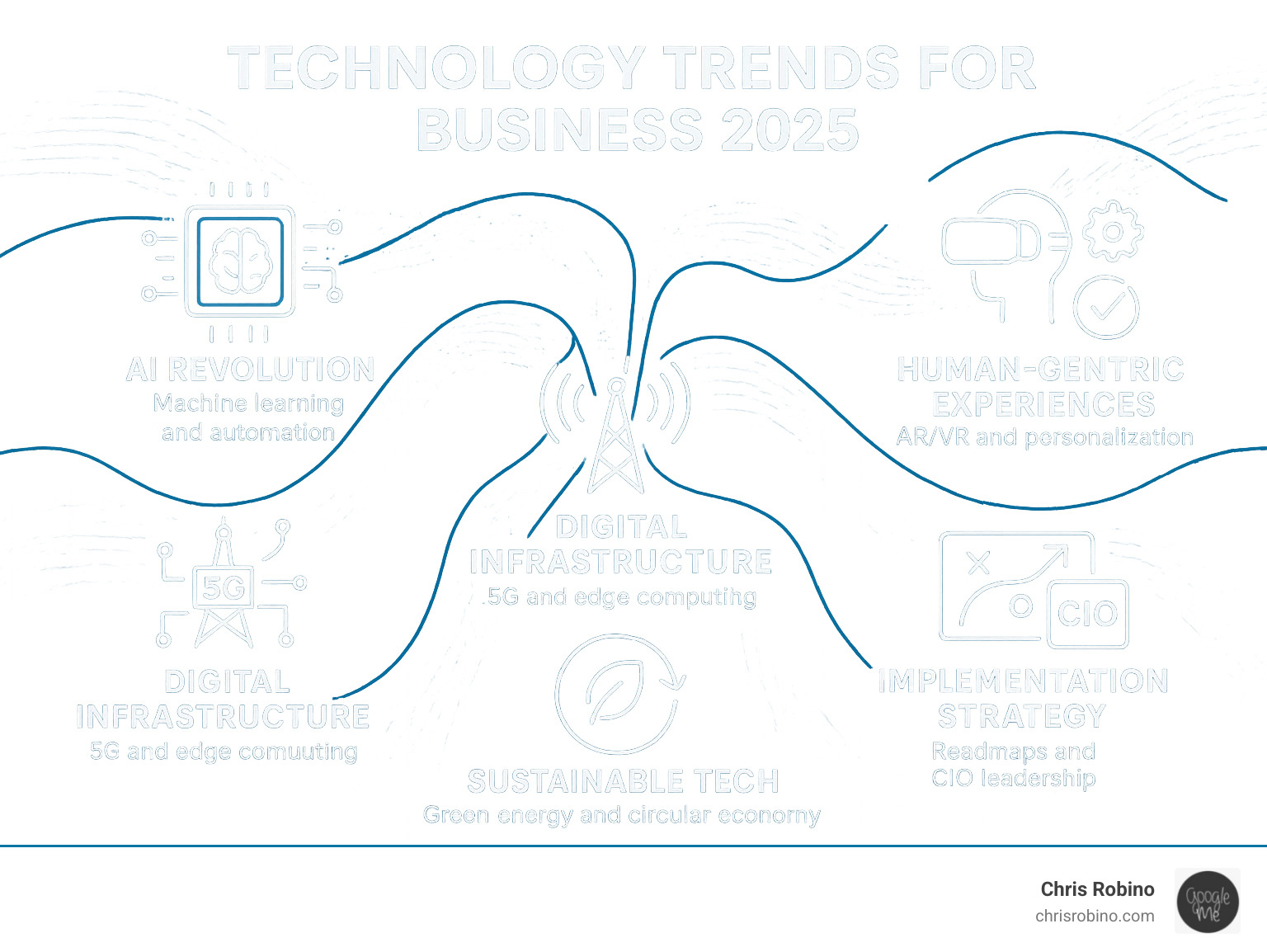
Key terms for technology trends for business:
The Core Technology Trends for Business in 2025
This section will explore the most impactful technology trends for business, from AI’s rapid evolution to the foundational shifts in digital infrastructure and customer experience.
The AI Revolution: From Automation to Generative Intelligence
Artificial Intelligence (AI) is rapidly evolving from a buzzword to a core business function. By 2025, AI will move from automating simple tasks to becoming an invisible enabler, much like the internet. Currently, about 35 percent of companies use AI, with another 42 percent exploring its potential to streamline operations and improve decision-making.
Generative AI (GenAI) is particularly transformative, enabling content creation and design automation at scale. It’s so impactful that, according to a 2024 Work Trend Index, 71% of leaders are more likely to hire a less experienced candidate with GenAI skills than a more experienced one without them. However, organizations must address key risks to ensure responsible innovation.
Here are 3 key AI risks businesses must manage in 2025:
- Algorithmic Bias and Discrimination: AI systems can perpetuate biases from their training data, leading to unfair outcomes. This requires robust guardrails to ensure alignment with ethical guidelines.
- Data Privacy and Security: The vast amounts of data AI systems process raise significant privacy concerns. Organizations must obtain consent for data use and implement strong security to prevent breaches.
- Disinformation and Misuse: GenAI’s ability to create realistic synthetic media poses risks of disinformation and deepfakes. Businesses need multilayered security strategies to protect their brand and ensure data veracity.
Successfully navigating these risks requires robust AI governance. This is where strategic guidance on AI-Driven Business Solutions becomes invaluable.
Building on the Edge: The New Digital Infrastructure
Advancements in computing are changing business strategies, moving from centralized data centers to a more distributed and intelligent infrastructure.
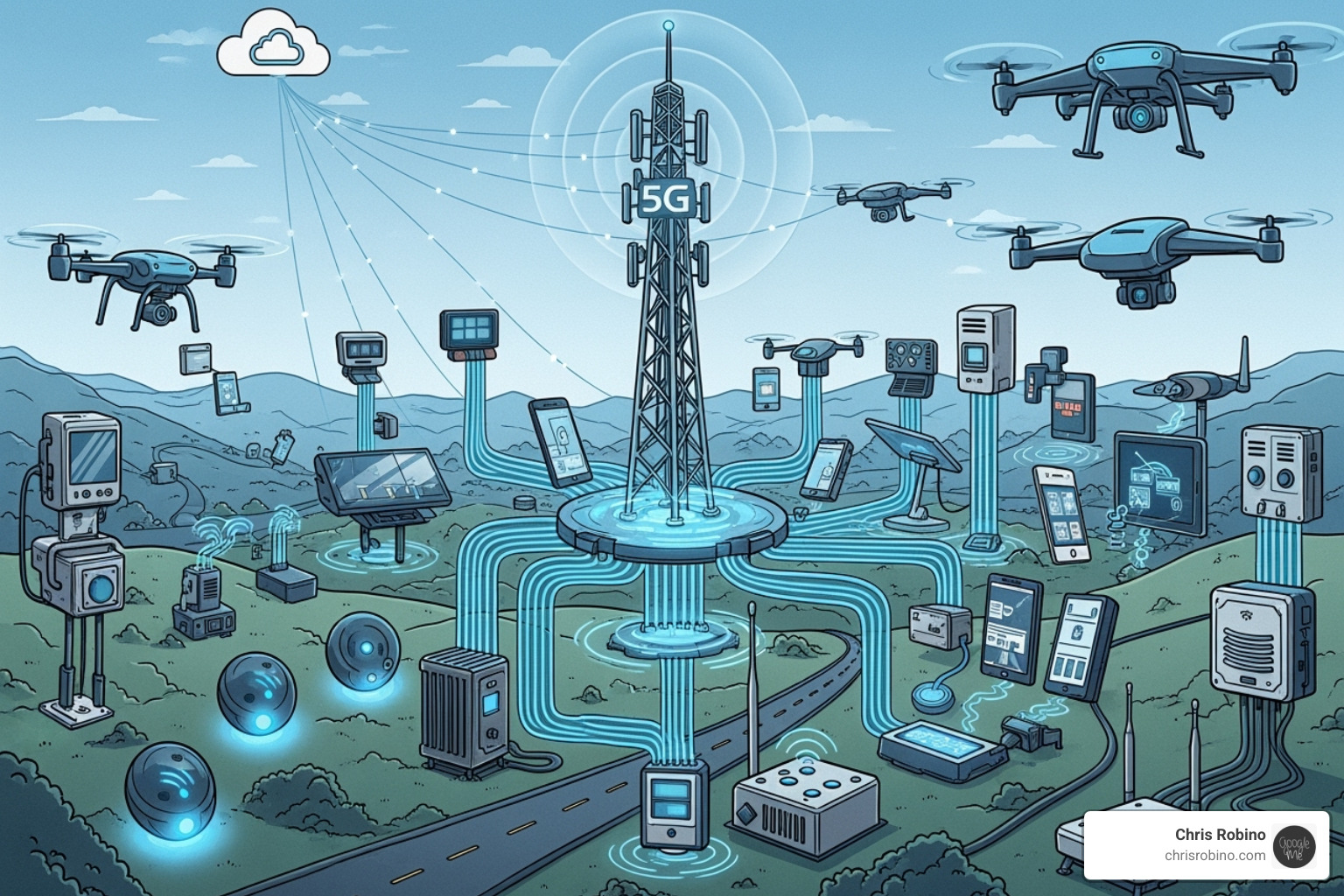
One of the most significant shifts is the expansion of 5G technology. Offering speeds up to 10 times faster than 4G, 5G is the connectivity backbone for the future. It enables the true potential of the Internet of Things (IoT), where an estimated 30 billion IoT devices will be connected by 2025.
Complementing 5G is Edge Computing, which brings data processing closer to its source. This reduces latency and enables real-time decisions for applications like autonomous vehicles and industrial sensors. This distributed approach, combined with cloud-native platforms, offers superior resilience and agility.
However, this interconnected world also presents cybersecurity challenges. The advent of Quantum Computing, while offering immense potential for complex problem-solving, also poses a future threat to current encryption. Businesses must proactively update their encryption methods to protect data. To address these complexities, businesses need strategic planning for Cloud-Based Computing and robust Information Technology Consulting Services.
Human-Centric Experiences: Immersive, Personal, and Sustainable Technology Trends for Business
The interaction between humans and machines is evolving toward more immersive and intuitive experiences, changing both business processes and customer interactions.
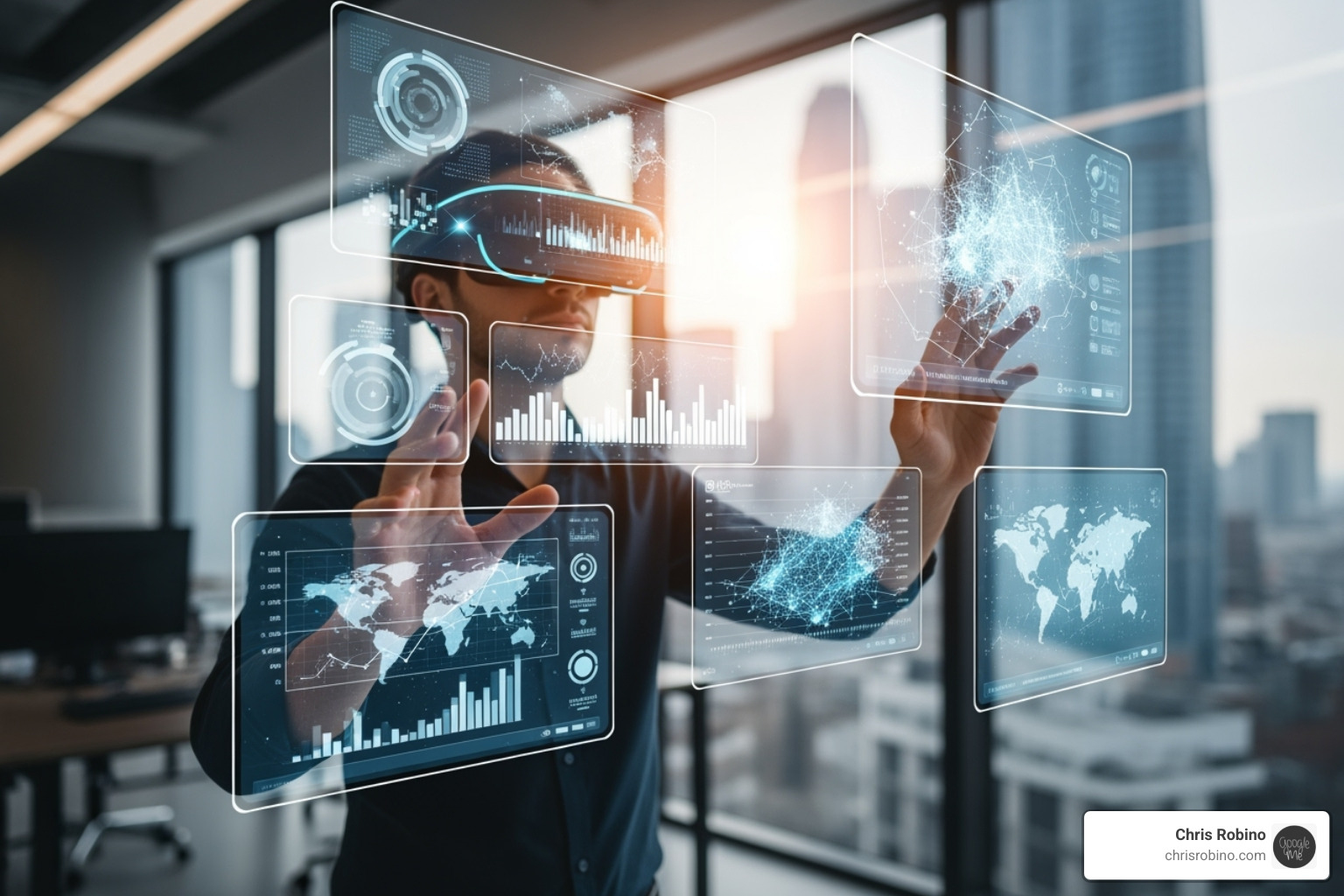
Spatial Computing is taking center stage, blending the physical and digital worlds. Imagine using an Augmented Reality (AR) headset to visualize data on a factory floor or a customer virtually trying on clothes. This technology is reshaping industries from healthcare to education with immersive training and simulations.
Beyond visualization, Polyfunctional Robots capable of performing multiple tasks are enhancing productivity in logistics, healthcare, and manufacturing. A more nascent frontier is Neurological Improvement, which aims to improve cognitive abilities by decoding brain activity. While its implications are profound, it demands careful consideration of ethical concerns like privacy and consent.
These advancements also fuel personalized customer journeys, with AI and big data enabling custom experiences in e-commerce and digital payments. Woven through all these developments is Sustainable Technology. As climate change pressures grow, businesses must develop energy-efficient solutions, reduce carbon footprints, and adopt circular manufacturing. Integrating Sustainable Tech Solutions is no longer optional; it’s a necessity for growth and corporate responsibility, particularly in areas like Digital Change for Media.
Navigating the Future: How to Implement These Tech Trends
Understanding technology trends for business is only half the battle. The real challenge lies in turning these insights into action. Success comes down to strategic planning, responsible leadership, and a willingness to learn as you go.
The benefits of adopting emerging technologies are compelling—improved efficiency, expanded reach, and significant cost savings. But the challenges are real, from talent shortages and data privacy concerns to creating robust governance models.
Developing a Strategic Roadmap for Technology Adoption
Companies that thrive approach adoption with strategic planning and a clear vision for how technology moves their business forward.
Start with your “why.” Every technology decision should align with your broader business objectives. I’ve seen too many organizations adopt AI or edge computing simply because it seemed like the thing to do, only to struggle because they never defined success.
Think in phases, not big bangs. Start with pilot projects to learn and iterate before committing to full-scale rollouts. When measuring ROI, look for concrete results, like retail stores using AI to catch 98% of theft instances. That’s the kind of clear return that justifies broader adoption.
Your people are your secret weapon. The most in-demand skills for 2025 include AI, cybersecurity, and data science. Upskilling your existing team is often more valuable than hiring externally, as poor onboarding can lead to costly turnover.
Don’t underestimate change management. New technologies mean new ways of working. If your team isn’t ready for the shift, you’ll hit roadblocks. Focus on getting buy-in early and supporting people through the transition.
For organizations ready to dive deeper, exploring Digital Strategy Advice and staying current with Emerging Tech Insights provides the foundation for smart implementation.
The CIO’s Role in Driving Responsible Innovation
The role of Chief Information Officers and IT leaders has transformed. They’re no longer just keeping the lights on—they’re shaping the future of the business.
| Feature | Traditional IT Leadership | Modern, Innovation-Focused CIO Responsibilities |
|---|---|---|
| Primary Focus | System uptime, cost control, infrastructure | Strategic growth, innovation, digital change |
| Decision-Making | Reactive, technical, isolated | Proactive, business-aligned, collaborative |
| Risk Management | Avoiding technical failures | Navigating ethical, security, and reputational risks of new tech |
| Talent Management | Hiring for technical skills | Fostering a culture of continuous learning and upskilling |
| Relationship to Business | Service provider | Strategic partner, revenue enabler |
| Innovation Approach | Adopting established solutions | Exploring frontier technologies and piloting new ideas |
Today’s CIOs must determine whether emerging trends represent threats or opportunities. This responsibility goes far beyond technical considerations.
Ethical considerations can’t be an afterthought. Issues like algorithmic bias and privacy need proactive attention to build trust and accelerate adoption. Data security policies have never been more critical, as the threat landscape continues to evolve. A multi-layered, adaptive approach to information security is table stakes.
Fostering an innovation culture means creating space for experimentation where learning from failure is valued. This includes aligning technology with business goals to ensure every investment supports long-term strategic objectives. The modern CIO leads not just digital change, but AI-driven change that redefines what’s possible. For organizations seeking this level of strategic guidance, working with an experienced Tech Consultant can provide the expertise needed to steer these challenges effectively.
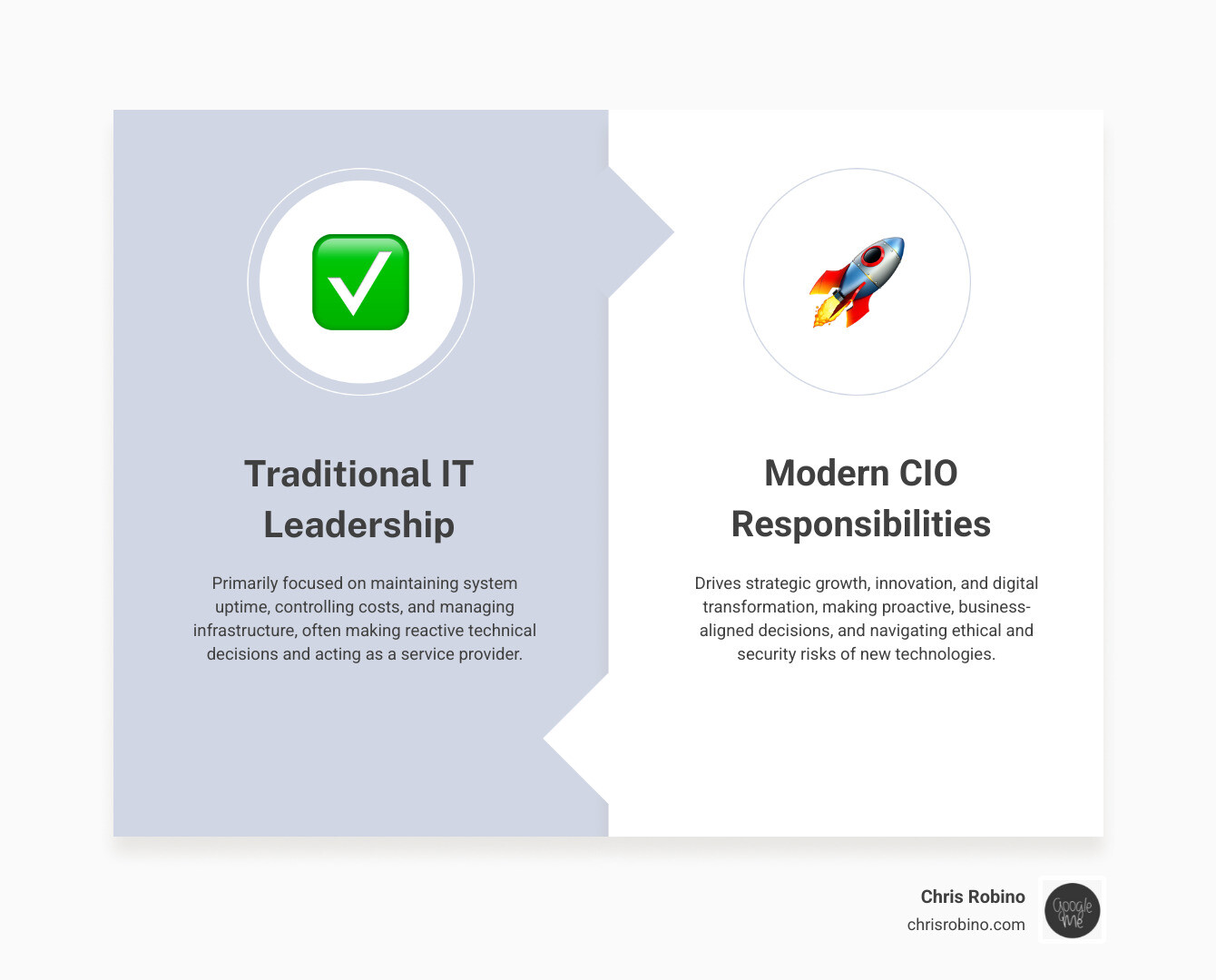
Conclusion: Your Next Move in the Tech-Driven Landscape
The world of technology trends for business moves fast, but the organizations that succeed don’t necessarily move first—they move thoughtfully.
- AI will become foundational to how business operates, much like electricity or the internet.
- Infrastructure investments matter more than ever, with 5G, edge, and cloud creating the foundation for innovation.
- Human-centered design wins, with technologies that augment human capabilities rather than just replacing them.
- Responsibility drives sustainability, as ethics, privacy, and environmental impact become core to competitive advantage.
Success comes down to proactive adoption, continuous learning, and strategic planning. The organizations that accept these shifts with a clear vision won’t just open up new value—they’ll shape the future of their industries.
The future of business is tech-driven, but it’s still fundamentally about people. To see how these trends can be applied to your specific challenges, explore our past projects. The future is here, and with the right approach, your organization can help define it.
